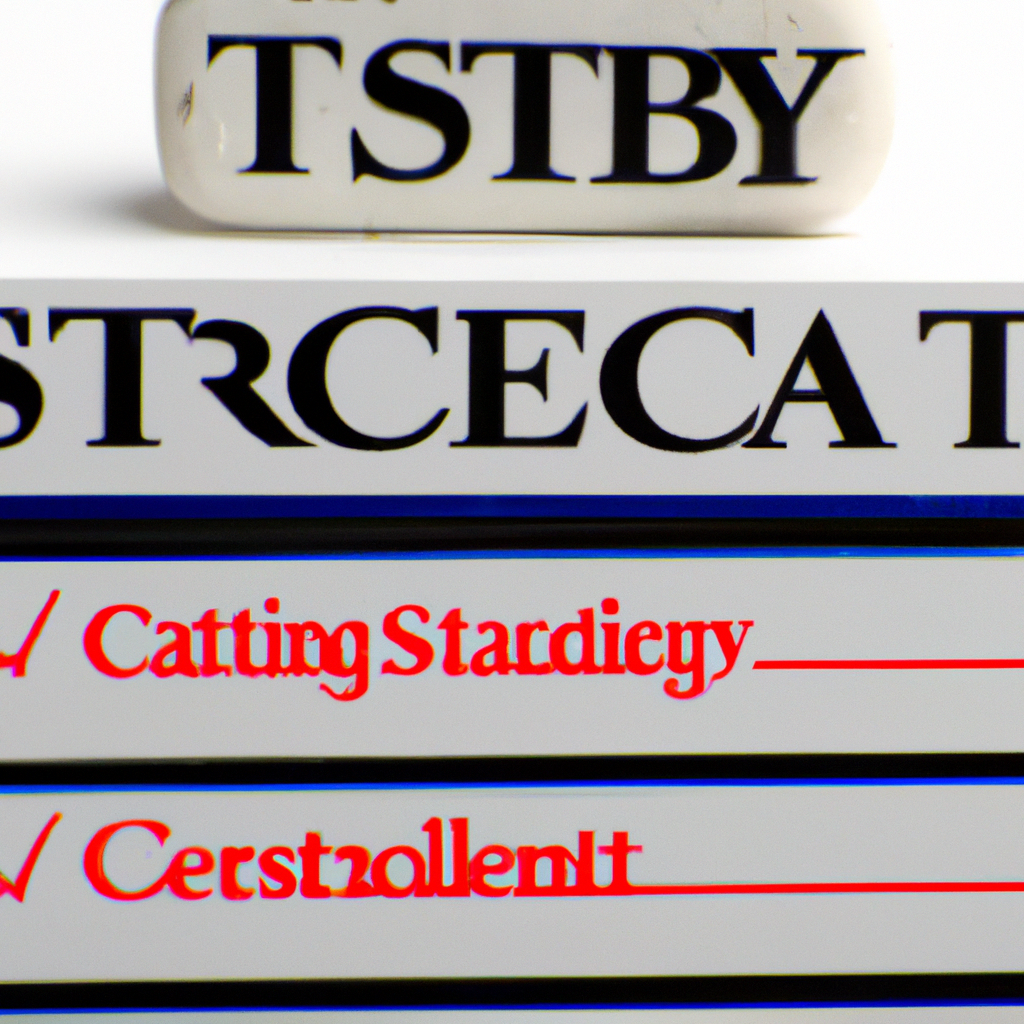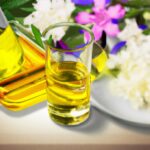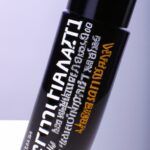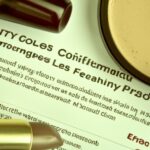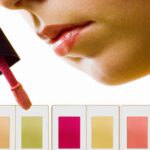Why Cosmetic Stability Testing Is Important
When it comes to producing luxury cosmetics, manufacturers understand that preserving the integrity of the formula is paramount. In order to guarantee the quality of their products, companies commit to enforcing stringent safety measures, such as extensive performance testing and endurance testing, and implementing a cosmetics stability testing program. This process ensures that the ingredients and compounds used to formulate the cosmetics remain viable throughout their lifecycles.
What is Cosmetic Stability Testing?
Cosmetic stability testing is a meticulous, detailed process in which cosmetic products are analyzed to assess their efficacy, safety and shelf life. This type of product testing is designed to ensure that cosmetics remain potent during storage and shipping. It entails examining the compound in a number of ways, such as pH, moisture, microbial tests, thermal stability, appearance, and odor.
What are the Standard Tests for Cosmetic Stability?
The standard tests used to assess the cosmetic product’s stability include:
-
- Organoleptic Tests – Evaluate the cosmetics’ odor, texture, and appearance.
-
- Light Tests – Examine the color and texture of products to verify they maintain their initial attributes.
-
- pH Balance Tests – Gauge the product’s alkalinity and acidity levels.
-
- Microbial Tests – Analyze contamination from bacteria, fungi, viruses, and other harmful organisms.
-
- Purity Tests – Assess the effectiveness of preservatives and other components used to preserve the cosmetics’ composition.
-
- Thermal Stability Tests – Test the cosmetics’ reaction to extreme temperatures.
-
- Stability Testing Over Time – Assess a product’s lifespan to learn if it can handle long-term storage and distribution.
These tests are vital to ensure the quality and consistency of a cosmetic product. Tests are conducted before launching a product to the market, then the same tests may need to be periodically repeated to watch for any changes in the properties of the product.
What is Strictly Controlled in Cosmetic Stability testing?
Cosmetic stability testing is a critical process for ensuring safety, performance, and shelf life. During stability testing, a range of factors are strictly controlled to ensure accuracy and quality of the investigation, including:
-
- Temperature: Controlling temperature makes it possible to determine how a product performs at different temperatures and in varying climates.
-
- Light: The amount of light a product is exposed to can also affect the product’s performance, quality and shelf life, depending on the ingredients.
-
- Humidity: Excessive heat, moisture, or other environmental factors can damage the molecular structure of skin care and makeup products.
What are the Benefits of Cosmetic Stability Testing?
There are a variety of benefits to using cosmetic stability testing. These include:
-
- Provides Accurate and Reliable Data – Cosmetic stability testing enables companies to make well-informed decisions about their products and consumers’ satisfaction.
-
- Reduces Costly Expenses – Cosmetic testing products allow manufacturers to pinpoint flaws in their formulas and make efficient use of resources.
-
- Ensures High-Quality Products – Cosmetic product testing enables companies to ensure their products meet the highest standards of quality.
-
- Minimizes Lack of Compliance – Cosmetic stability testing enables manufacturers to meet and exceed the health and safety regulations established by government authorities.
Frequently Asked Questions:
Q1: What is involved in cosmetic stability testing?
Cosmetic stability testing is an in-depth analysis of a product’s efficacy, safety, and shelf life. Tests are conducted to examine the pH, moisture, microbial tests, thermal stability, appearance, and odor of the product.
Q2: Are cosmetic stability tests necessary?
Yes. Cosmetic stability testing is an essential step in producing luxury cosmetics. It helps guarantee the quality of a product and ensure it meets safety standards and regulations.
Q3: What factors are strictly monitored during cosmetic stability testing?
During cosmetic stability testing, factors such as temperature, light, and humidity are strictly monitored to ensure accuracy and quality of the investigation.
Q4: How often should cosmetic stability tests be conducted?
Cosmetic stability tests must be conducted before launching a product to the market, and then periodically to watch for any changes in its properties.
Conclusion – Takeaways
The burden of producing luxury cosmetics falls on the companies that create them, and each product’s safety and efficacy are of the utmost importance. That’s where cosmetic stability testing comes into play. This in-depth process helps ensure companies are providing their clients with the best quality product possible. As well as pinpointing flaws in a formula, cosmetic stability testing also helps identify potential risks associated with a product and determine if it meets the health and safety standards set by regulators. It’s an expense but an important one, and one in which manufacturers should be investing.
How Cosmetic Stability Testing Enhances Product Quality
Cosmetic stability testing plays a vital role in the production of luxury cosmetics. Manufacturers understand the significance of maintaining the integrity and efficacy of their products. By implementing a comprehensive cosmetics stability testing program, companies can ensure the quality and longevity of their formulations. In this section, we will delve deeper into the importance of cosmetic stability testing and how it enhances product quality.
The Significance of Cosmetic Stability Testing
Cosmetic stability testing is a meticulous and detailed process that assesses the efficacy, safety, and shelf life of cosmetic products. It goes beyond superficial evaluations and delves into various factors that can impact product performance. Let’s explore some of the reasons why cosmetic stability testing is crucial:
1. **Preserving Potency**: The primary objective of stability testing is to ensure that cosmetic products remain potent throughout their lifecycles. By subjecting the formulations to rigorous tests, manufacturers can identify any potential changes or degradation in the product’s composition over time.
2. **Assessing Safety**: Cosmetic stability testing helps identify potential risks associated with a product. Through microbial tests, manufacturers can analyze and detect the presence of harmful organisms such as bacteria, fungi, and viruses. This step ensures that cosmetics remain safe for consumer use.
3. **Ensuring Quality**: Stability testing allows companies to maintain the highest standards of quality for their cosmetic products. Tests like organoleptic evaluations, pH balance assessments, and purity tests enable manufacturers to guarantee that the cosmetics’ texture, appearance, and effectiveness are preserved.
4. **Meeting Regulatory Requirements**: Government authorities establish health and safety regulations for cosmetics. By conducting stability tests, manufacturers can ensure compliance with these regulations. This step not only safeguards consumers but also protects the reputation of the company.
Standard Tests for Cosmetic Stability
To comprehensively evaluate cosmetic stability, various standard tests are conducted. These tests assess different aspects of the product and contribute to its overall stability. Let’s take a closer look at the standard tests used:
1. **Organoleptic Tests**: These tests evaluate the cosmetics’ odor, texture, and appearance. Manufacturers assess if any changes have occurred during storage that may affect the sensory experience of using the product.
2. **Light Tests**: Light exposure can impact the color and texture of cosmetics. Light tests determine if the products maintain their initial attributes and are resistant to light-induced degradation.
3. **pH Balance Tests**: The pH balance of a cosmetic product is crucial for maintaining skin health. These tests gauge the product’s alkalinity and acidity levels to ensure they are within the optimal range.
4. **Microbial Tests**: Contamination from bacteria, fungi, viruses, and other harmful organisms can compromise the safety and efficacy of cosmetic products. Microbial tests identify and quantify any potential contaminants.
5. **Purity Tests**: Preservatives and other components used to preserve cosmetic formulations must be effective. Purity tests assess the presence and effectiveness of these components, ensuring the product remains stable and free from contamination.
6. **Thermal Stability Tests**: Extreme temperatures can impact the integrity of cosmetics. Thermal stability tests simulate these conditions to evaluate the product’s reaction and performance under different temperature extremes.
7. **Stability Testing Over Time**: Products undergo long-term storage and distribution, making it essential to assess their lifespan. Stability testing over time ensures that the product remains stable and retains its efficacy throughout its intended shelf life.
The Benefits of Cosmetic Stability Testing
Cosmetic stability testing offers a range of benefits to manufacturers and consumers alike. Let’s explore some of these advantages:
1. **Accurate and Reliable Data**: Stability testing provides companies with precise and reliable data about their products. This information empowers them to make well-informed decisions regarding formulations, ensuring
consumer satisfaction.
2. **Cost Efficiency**: By pinpointing flaws in formulas during stability testing, manufacturers can optimize their resources efficiently. Identifying and addressing potential issues early on saves both time and money in the long run.
3. **High-Quality Products**: Stability testing is a cornerstone of producing high-quality cosmetics. By conducting these tests, companies can ensure that their products meet the stringent quality standards expected by consumers.
4. **Compliance with Regulations**: Regulatory authorities establish guidelines to safeguard consumer health and safety. Cosmetic stability testing enables manufacturers to meet and exceed these regulations, minimizing the risk of non-compliance.
In conclusion, cosmetic stability testing is an indispensable process in the production of luxury cosmetics. It guarantees the integrity, safety, and efficacy of products by subjecting them to comprehensive evaluations. By adhering to standard tests, controlling crucial factors like temperature and light, and ensuring compliance with regulations, manufacturers can provide consumers with exceptional cosmetic products. Investing in stability testing is a crucial step for companies committed to delivering the highest quality and safety standards to their clients.

